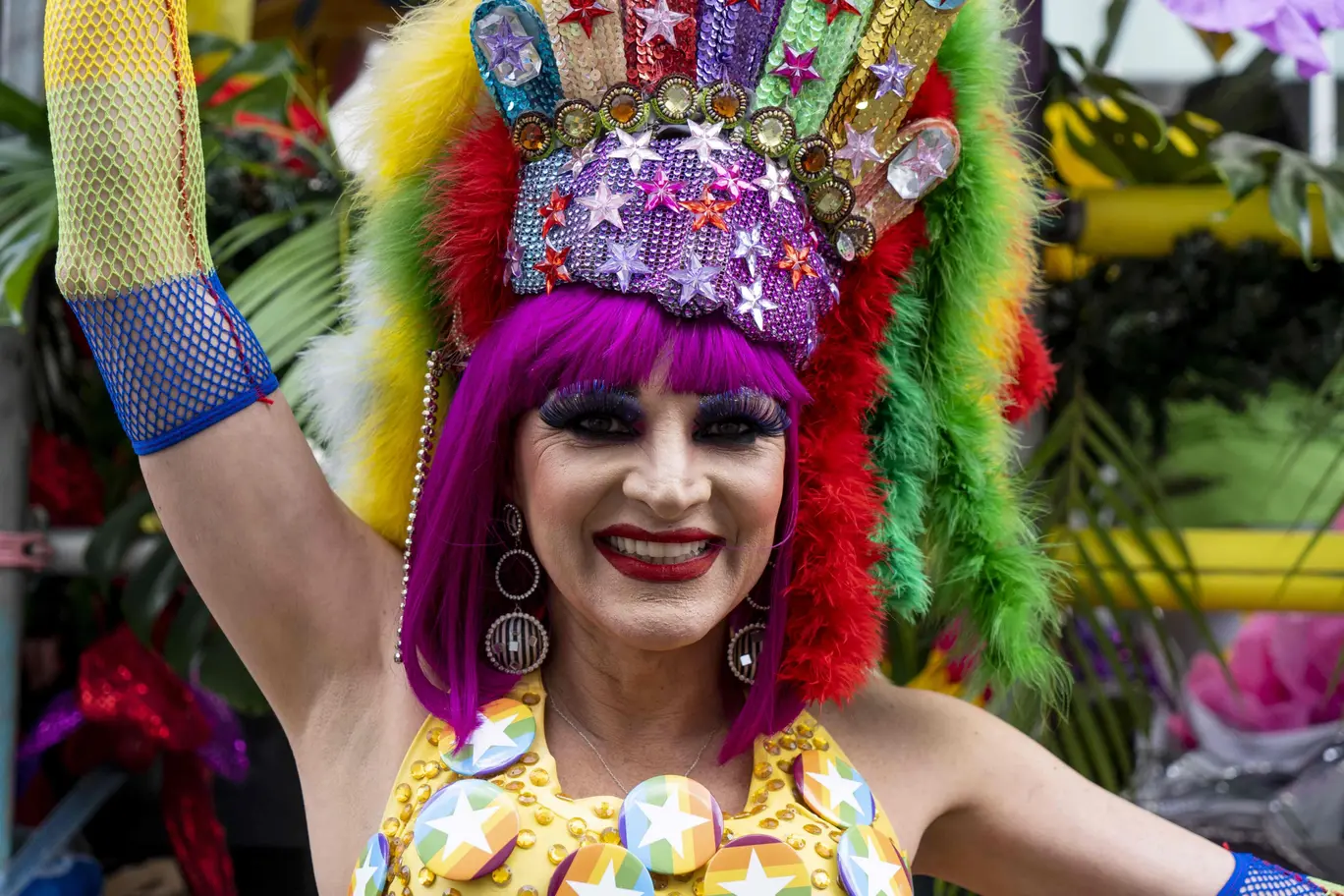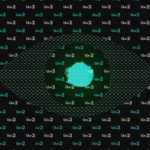Generation Black TV - Live
Pride: Who Do We Owe Our Thanks To?
The First London Pride March to Where We Are Now
This year (2022) the UK celebrated its 50th year of Pride and held subsequent Pride marches in London. As always, London Pride was a grand and carnivalesque affair, which accumulated over 1.5 million attendees. Consequently, making it the largest London Pride event thus far. Such a turn-out can easily be attributed to COVID-19 withholding the Parade from going ahead in both 2020 and 2021.
To commemorate the 50th anniversary of Pride in the UK, it was important to the organisers of the London event that the LGBTQ+ community were reminded of the roots of pride, and those that faced tremendous battles to accomplish some of the freedoms and liberations in modern, gay Britain. To do so, on the 1st of July, members of the Gay Liberation Front (GLF) who marched in the first ever UK Pride event were invited to lead a parade of sorts through London. Pride in London highlighted their attendance as a commemoration “of the past 50 years and our evolution as a movement; acknowledging those torchbearers who have come before us and their achievements.”
It is therefore important to first acknowledge the history of the event as a means of appreciating those that paved the way for the LGBTQ+ community. 50 years ago, on the 1st of July 1972, the first official Gay Pride Rally in the UK was held in London. The date was chosen as the nearest Saturday to the anniversary of the Stonewall riots of 1969, with up to 700 participants marching for Gay and Lesbian liberation through the capital’s centre.

LGBT graphic © Freepik
Through the years, Pride then began to take shape, eventually becoming what we know it to be today. From 1983, the march in London was known as ‘Lesbian and Gay Pride’ and carried on through to the 1990s, when it began to take on the form we now know it as. As mentioned above, Pride became a carnivalesque event, with large gatherings of LGBTQ+ UK citizens, various LGBTQ+ organisations and, perhaps most surprisingly, heterosexual and cisgender allies to the community.
Then, in 1996, the event was renamed “Lesbian, Gay, Bisexual and Transgender Pride” in a bid to become more inclusive following a vote by members of the Pride Trust. Finally, “Pride London” was formed in 2004 and became the main organisers behind the event, with only one significant change to the typical parade. Today, parade attendees can also attend a political rally held in Trafalgar Square after the march, which is held to highlight that we have not yet reached full LGBTQ+ liberation in the UK.
To commemorate this history, Veterans of the UK’s first Pride March from the GLF celebrated their achievements by retracing the exact route that would have been walked in the first march of 1972. The Veterans alongside over 1,000 supporters and members of LGBTQ+ organisations met at the steps of St. Martins-in-the0field church on Charing Cross Road, before walking through the renowned Oxford Street through to Hyde Park. Such veterans like Ted Brown, Angela Mason and Peter Tatchell spoke out to LGBTQ+ focused news outlet GAY TIMES regarding their thoughts and feelings.

Gay Liberation Front © Vice
Angela Mason told GAY TIMES, “The Gay Liberation Front changed my life. It made it possible for me and hundreds and thousands, and growing numbers of people, to live openly and freely.” Whilst Peter Tatchell mused upon the history behind the event, stating that “There were only 700 of us [in the first march] but that was a lot for that era because back then most LGBT+ people were closeted. They feared discrimination, they feared arrest, gay bashing, rejection by their families and even being sacked from their jobs. It’s fantastic to think that 50 years later, this year, one Pride March in London in 1972 has now grown to 190 Pride events across the UK.”
Additionally, the Veterans each held illuminated signs that represented the ongoing fight for LGBTQ+ freedom. Each sign stated, “Pride @ 50/I was there in 1972/Still fighting for global LGBT+ freedom.” There was an emphasis on the adverb ‘still’ to showcase that the country has not yet achieved all the rights and freedoms LGBTQ+ people deserve. For example, homophobia and or transphobia are still a very real threat despite the existence of such events. Unfortunately, LGBTQ+ individuals are not yet safe to be as open as they might desire.
It is for this exact reason that the community must take care to acknowledge and appreciate those that paved the way for LGBTQ+ individuals in the UK to live more comfortably than previously. If homophobia and or transphobia are still a very real threat, it is obvious that the threat would have been far higher for those in the 1970s, particularly during the height of the AIDS crisis. These individuals still marching today put their lives on the line to fight for the freedom and rights of LGBTQ+ people, and they continue to do so.
Pride London did the right thing in allowing them to lead a march, but its essential to continue to appreciate British LGBTQ+ history and the roots of pride outside of the event. After all, it’s the least the community can do.
Brighton Pride, another landmark event for those who identify as LGBTQ+, will take place this weekend, beginning on Friday 5th August. The event will include performances from Christina Aguilera, Ella Henderson and Paloma Faith, amongst many more.


